Stories about the Vikings have long been taught throughout history, to the point where people were certain that they knew everything there was to know about them — until now.
A new DNA study has completely debunked everything we previously thought we knew about the Vikings, including where they came from, what they looked like and what they did for a living.
Pieces of Viking History Are Popping Up Everywhere
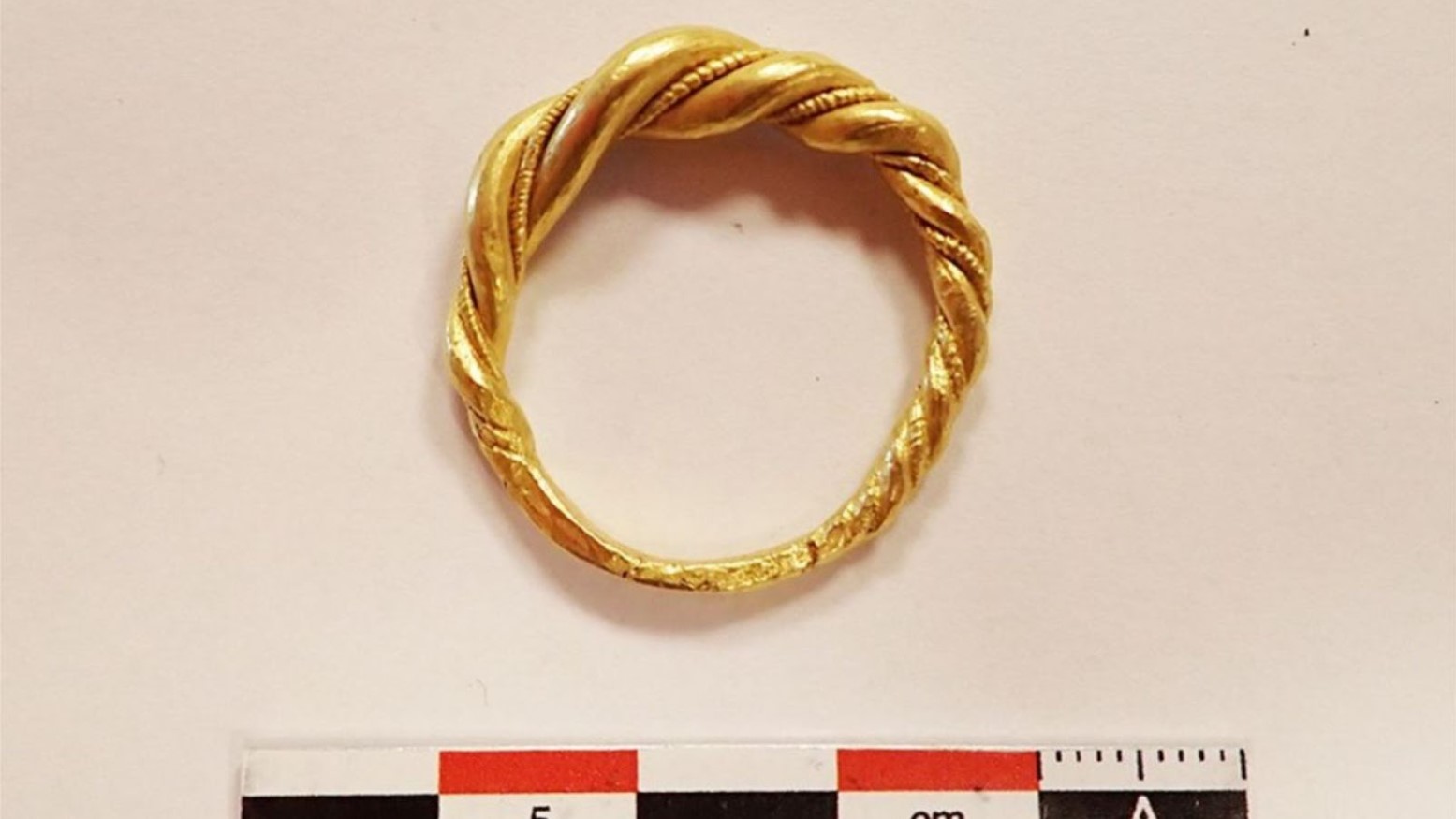
Not many items throughout history have survived, as they often end up buried deep underground at some point, never to be found again.
However, one woman found a ring she thought was just a piece of costume jewelry on an auction site during the summer of 2022. As the ring looked like it could be genuine gold, she took it to an expert who confirmed it was from the Viking Age.
Who Were the Vikings?

“Viking” comes from the Scandinavian term “Vikingr,” which means “pirate.” They were around from as early as 800 CE and lasted until some time in the 1050s.
They were able to change the political and genetic course throughout Europe. For example, Cnut the Great became the King of England, and Olaf Tryggvason is believed to have been the first person to bring Christianity to Norway.
The Aims of the Vikings
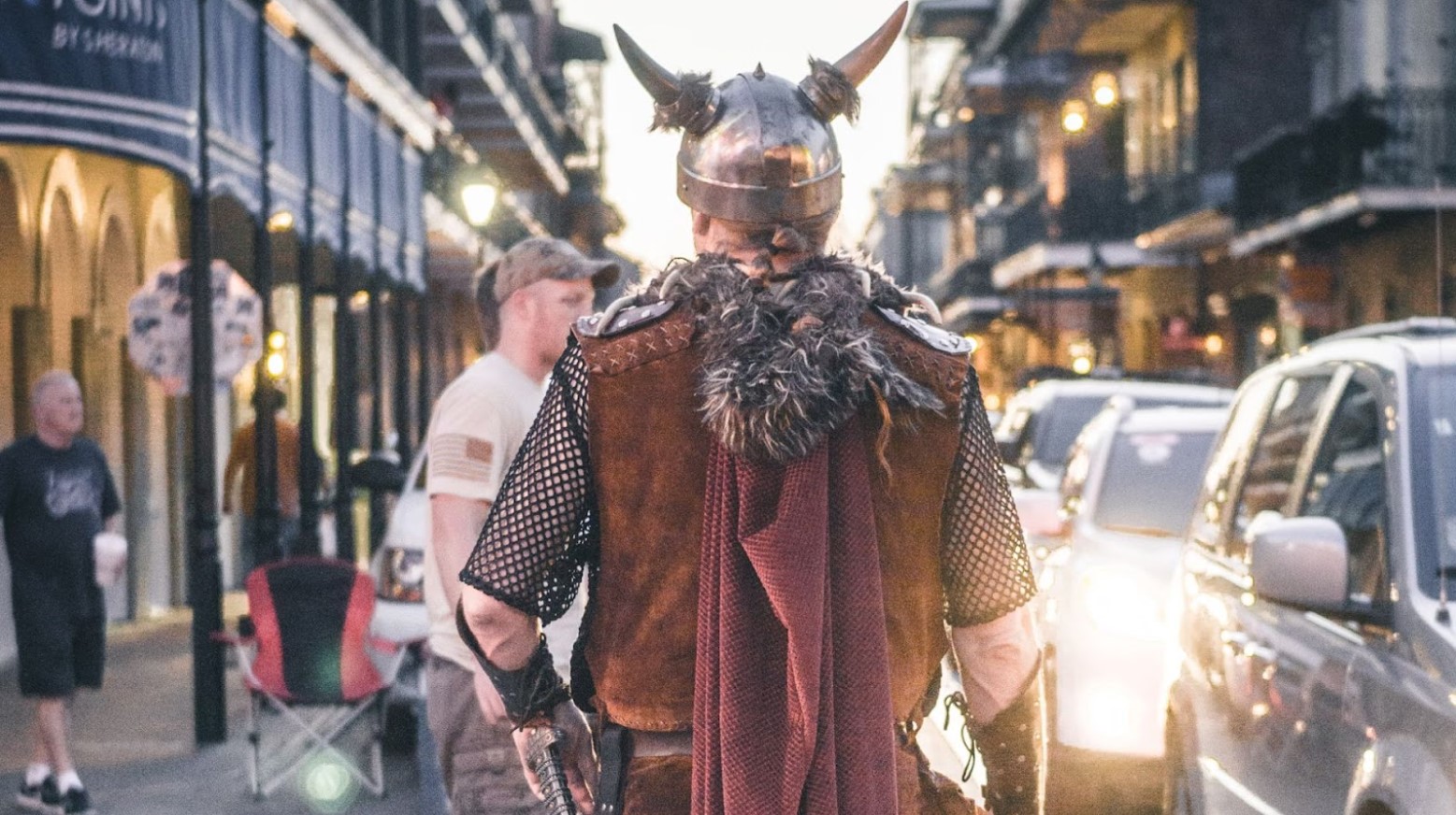
When the Vikings participated in expeditions and conquests, they gained their fierce reputation from raiding monasteries and villages located along the coasts of Europe.
However, their main aim was to trade fur, tusks and seal fat. They would even take these trades as far as North America.
What We Previously Thought About the Vikings
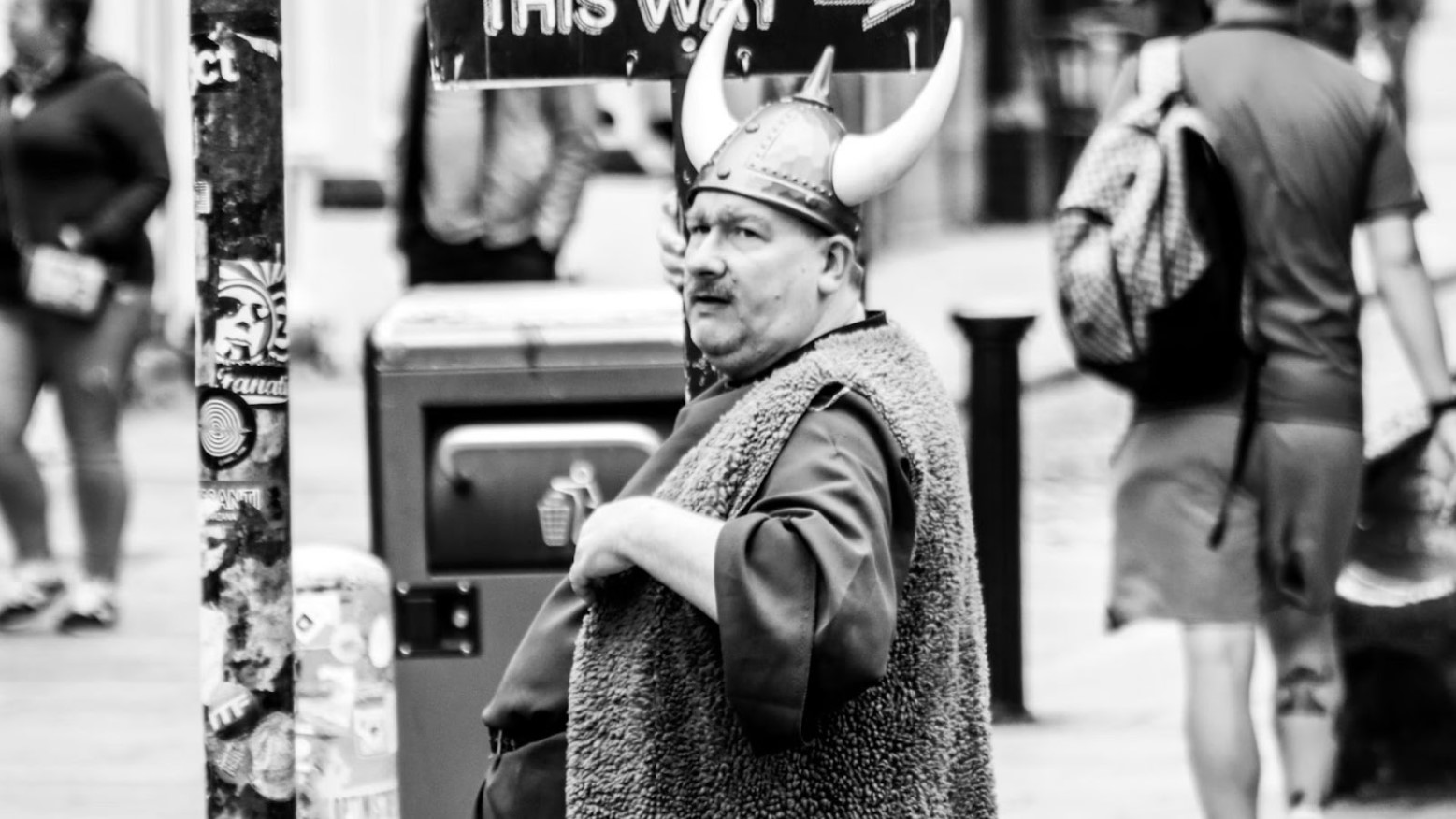
History has told us that Vikings were brutal predators who had traveled by sea from Scandinavia to try and raid their way throughout Europe.
Tales of these travels have been taught to schoolchildren worldwide for centuries. But we were taught wrong for all those years. The Vikings weren’t who we thought they were.
DNA Sequencing Studied 400 Viking Skeletons
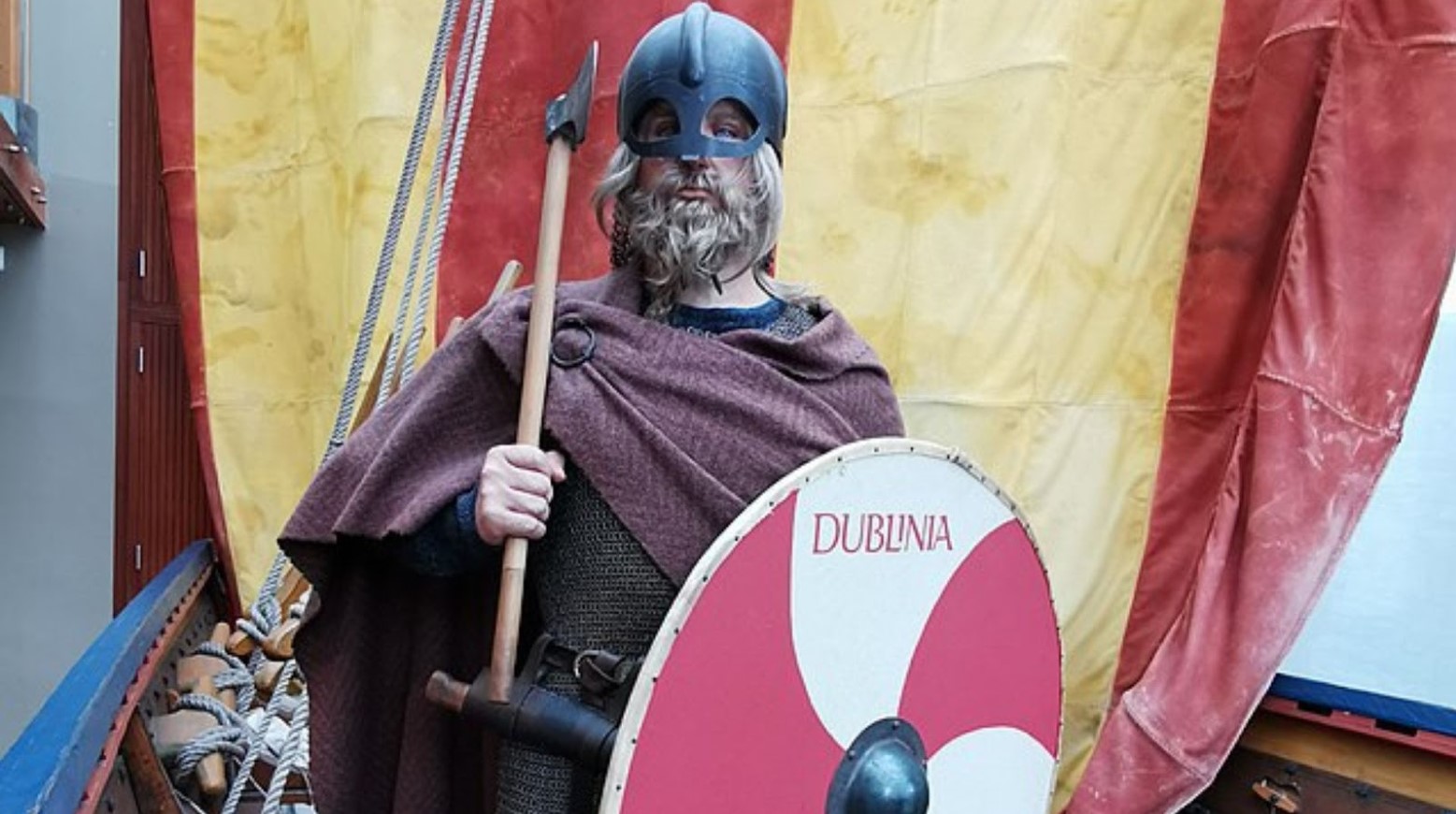
A new piece of DNA sequencing technology has studied the skeletons of 400 Vikings, who were found scattered around various burial sites across Europe and Greenland.
This project wasn’t just done overnight, as it took six years to completely study all of these skeletons to help give us more accurate information on Viking origins.
Only Now Knowing What Vikings Looked Like
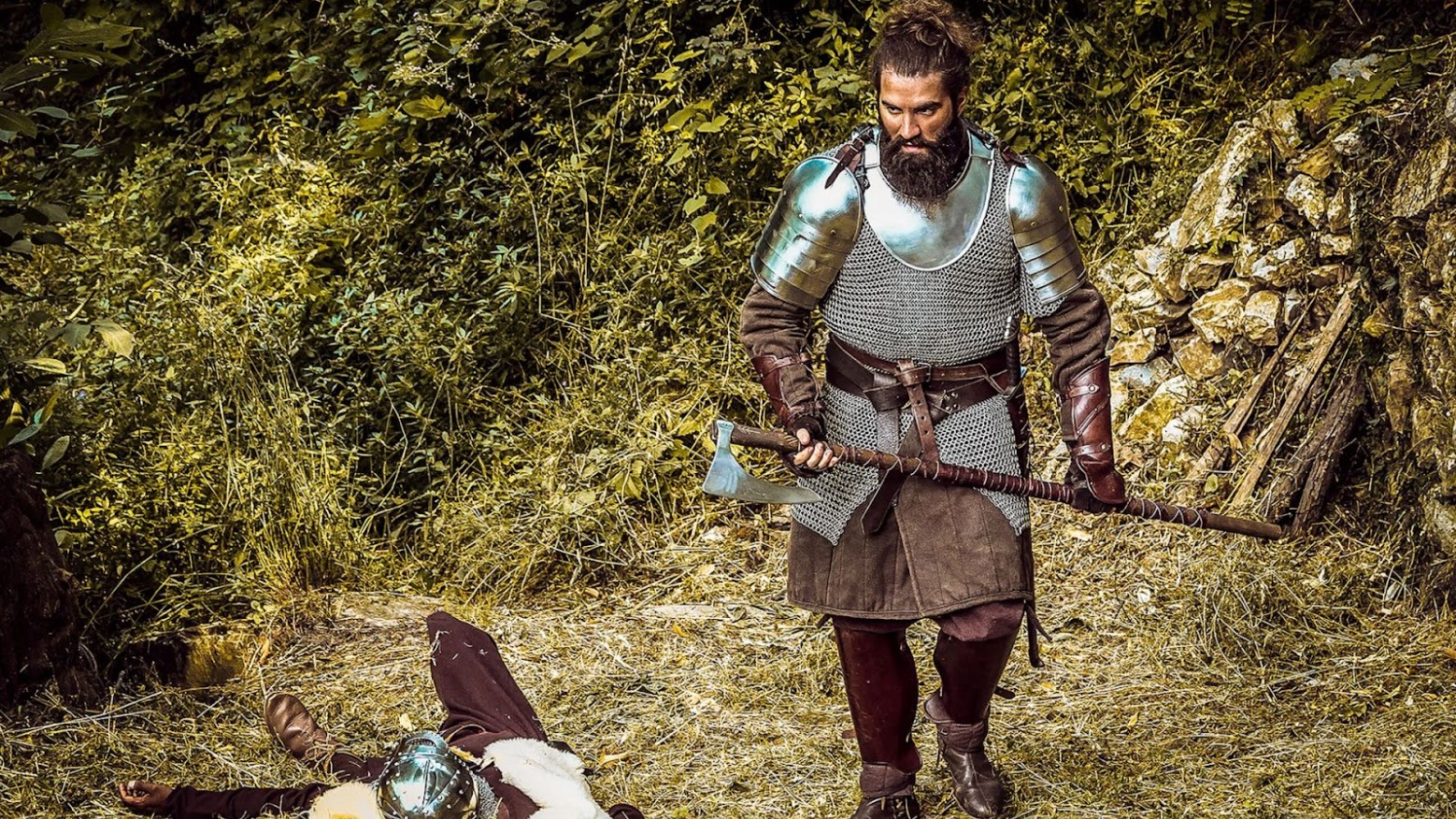
Before this DNA testing, images we have been shown of Vikings were simply made up based on tales we had been told over the last few centuries, almost creating a stereotype for what the average Viking looked like.
However, these images aren’t true. DNA testing showed that only a few Vikings actually had blonde hair and that many of them were brunettes.
Not All Vikings Were Vikings

One of the more interesting things about this study was that not all Vikings were Vikings. One particular Viking burial site in Scotland points to this.
The study found that some male skeletons buried in a Viking burial site were not genetically Vikings. However, they were buried with swords and other items a Viking would have had.
Not All Vikings Went to the Same Countries
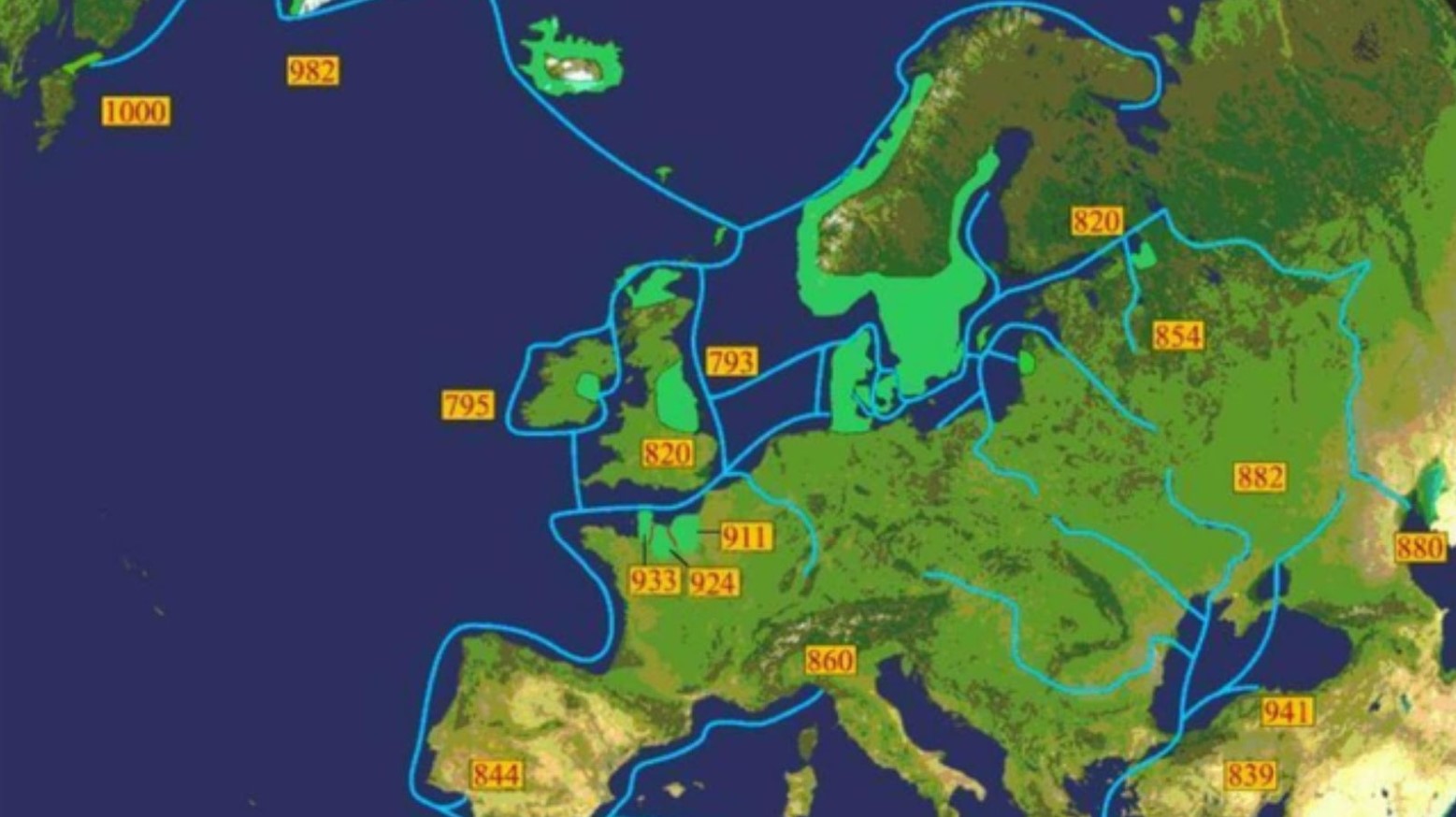
It was previously thought that Vikings all traveled together, but depending on which country these Vikings came from made a difference in which country they would travel to and conquer.
Vikings from Norway traveled to Ireland, Scotland, Iceland and Greenland, compared to Vikings from Denmark, who traveled to England, and Vikings from Sweden, who traveled to the Baltic. Many of these Vikings also had DNA from southern Europe and Asia.
Some Vikings Were More Isolated Than Others
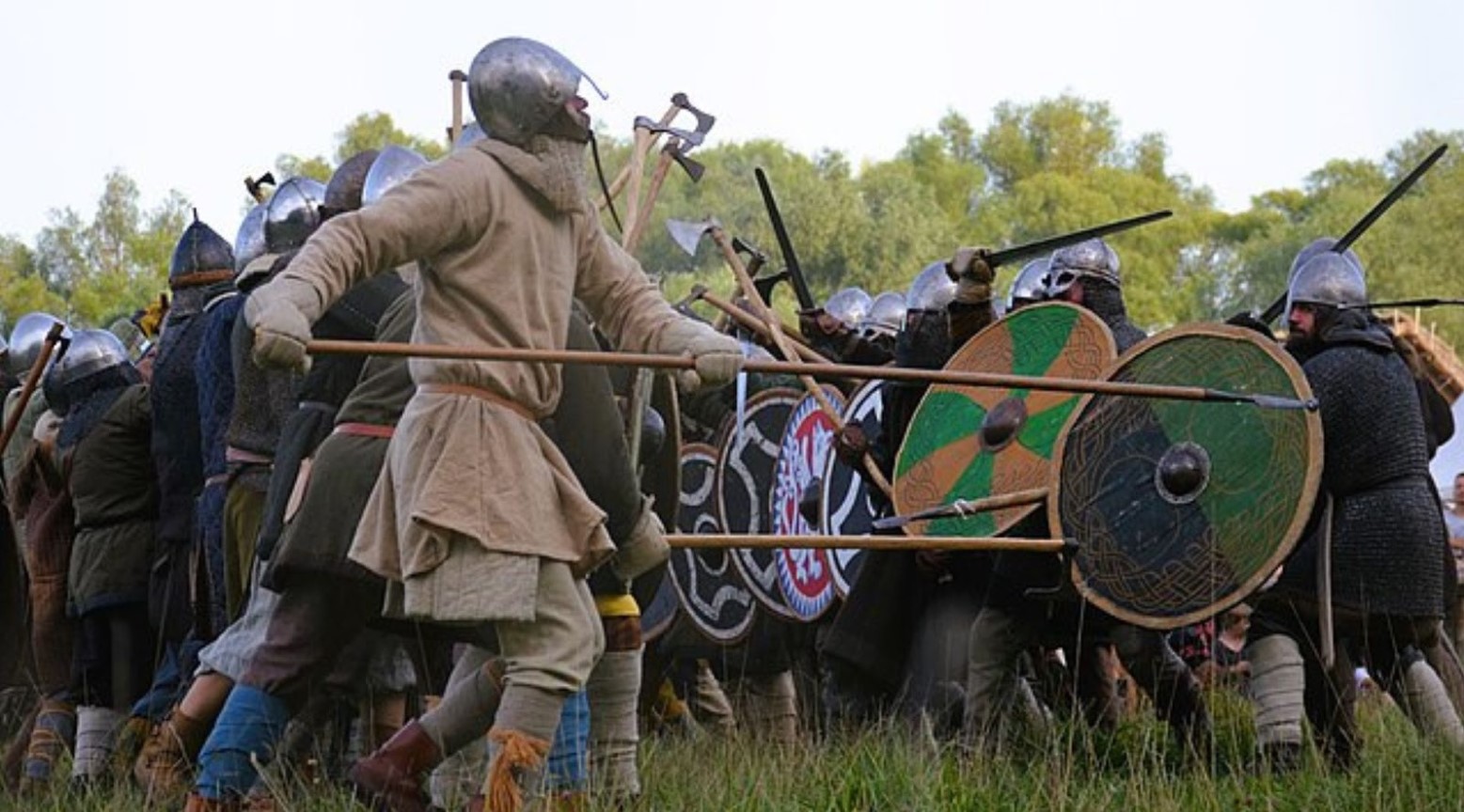
The study also found that some Vikings were more isolated than others. These were Vikings based in inner Scandinavia.
However, not all Vikings were this isolated. Those based in the south of Scandinavia were more likely to be diverse, as they were geographically closer to Southern Europe and Asia.
Viking DNA Is Still Around Today
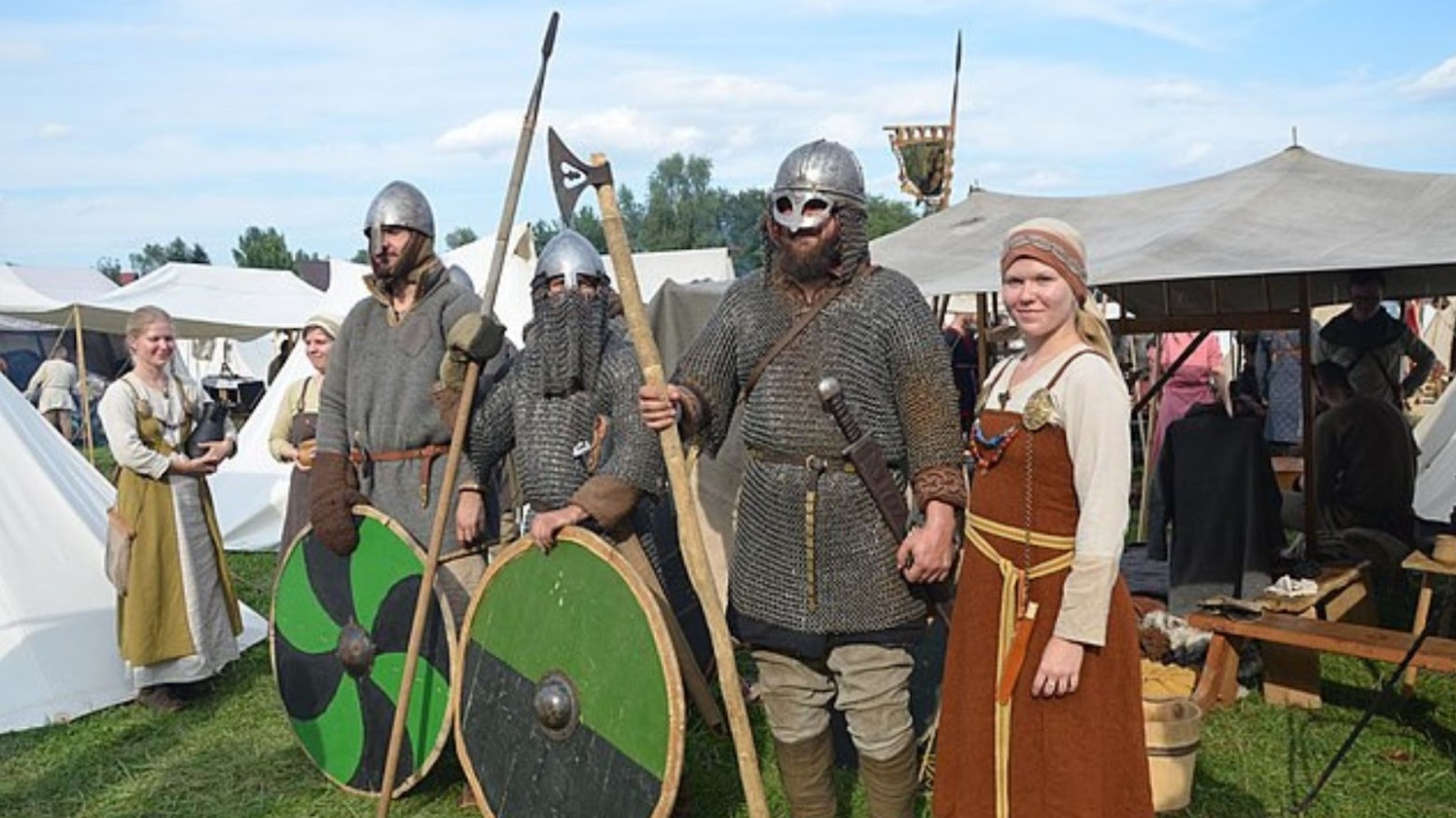
While it may be believed that the Vikings ended at their final conquest, this couldn’t be further from the truth.
Viking DNA is still present today. 6% of the U.K. population and 10% of the Swedish population still have Viking DNA today.
Needing to Update the History Books
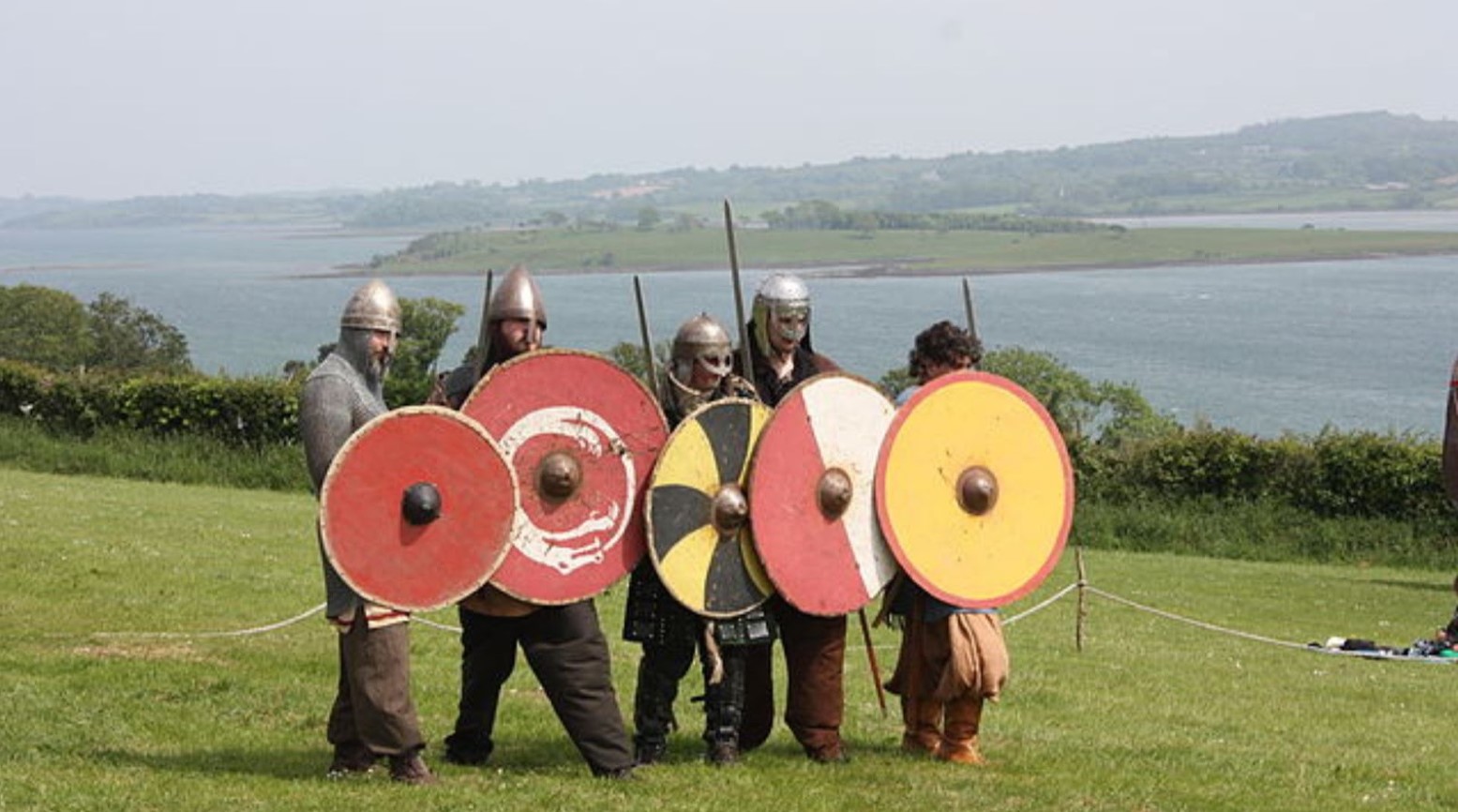
As the history books have long held a certain image of Vikings that we now know to be incorrect, these books will need to be changed.
Evolutionary geneticist Eske Willerslev has said that history books will need to be updated to better reflect these new findings. Children should be taught factual history and not stories that have probably changed over the years.
